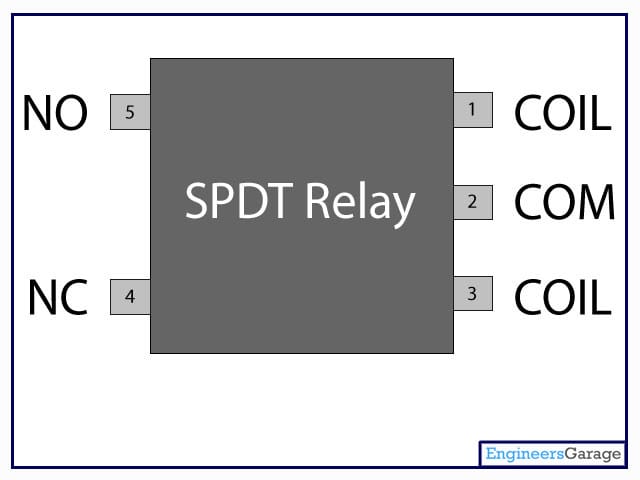Description

The 5 Pin Relay 24V Coil JQC-3F(T73) is a powerful and versatile component for controlling electrical circuits. This reliable relay offers a high switching capacity and durable construction, making it suitable for a wide range of applications.
Key Features:
- 5 Pin Configuration: Provides multiple contact options for various switching needs.
- 24V Coil: Operates with a reliable 24V power supply.
- High Switching Capacity: Handles high currents and voltages with ease.
- Durable Construction: Built to last with high-quality materials.
- Versatile Applications: Suitable for industrial automation, home automation, and other applications requiring precise control.
Specifications:
- Number of Pins: 5
- Coil Voltage: 24V
Order Now:
Upgrade your electrical projects with our 5 Pin Relay 24V Coil JQC-3F(T73). Experience the reliability and versatility of this essential component.

24v 5 pin relay, 5 pin relay, aaaa, DC relay, Electrical Switching device, inv ok, relay, zb
Product Of The Year:



